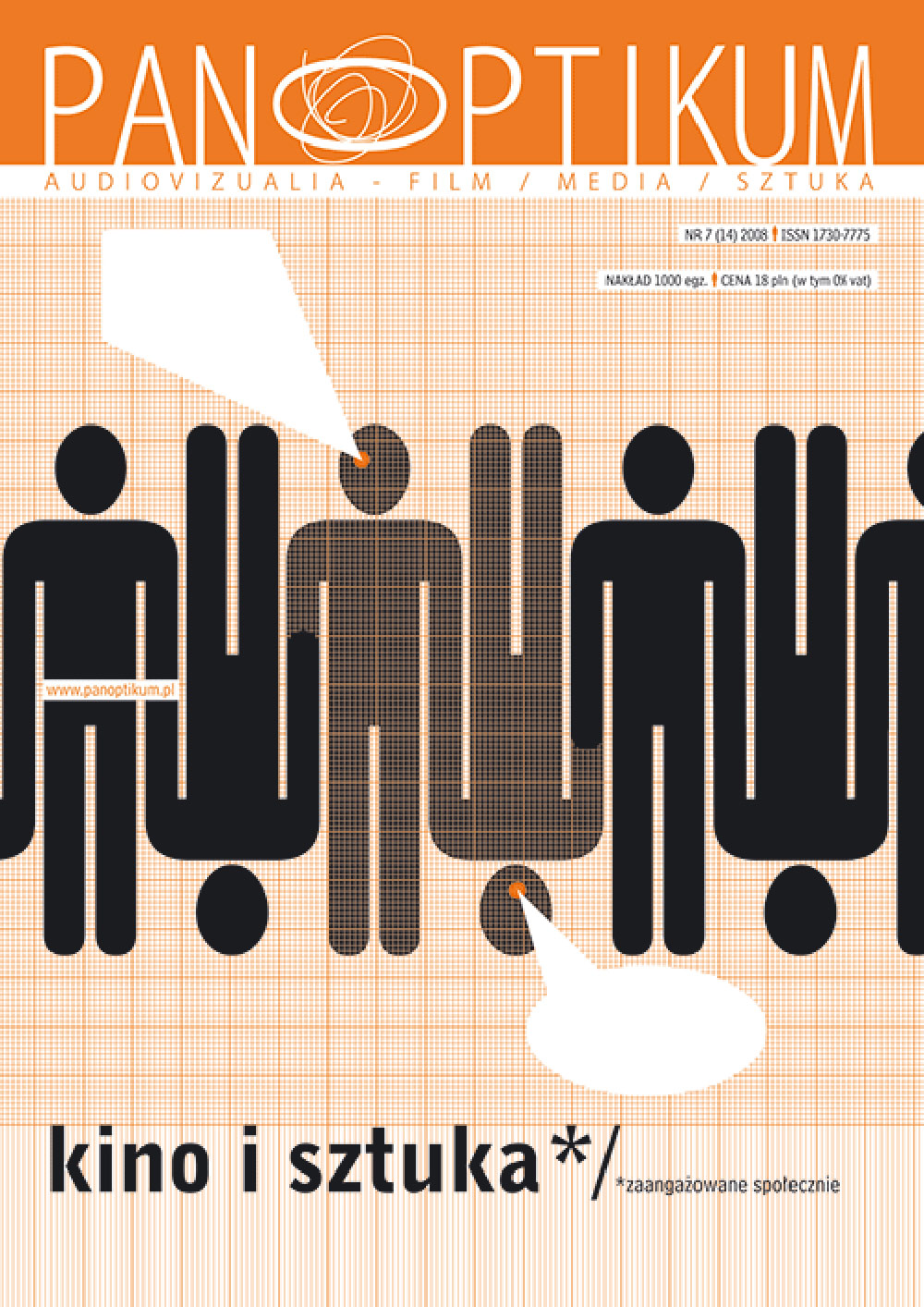(Nie)moc zapisu
Abstrakt
One of the greatest human desires is the desire to actualize, as attested by centuries-old history of representation. In Western culture, based on mimesis, actualization has been strongly associated with an image designed to be the closest equivalent for the original. But can we really maintain that perfect mimetic techniques and dominance of attractive images guarantee access to truth? Before the invention of photography, almost supernatural properties had been ascribed to illusionist painting. Photography and film were the next steps in perfecting the form of recording. With time, however, the objectivizing potential of photographic record has been viewed with deepening criticism, as proven by numerous attempts to minimize flaws of photography. One of those attempts has been the utopian concept of “total recording”, employed e.g. by the Mass Observation group. As opposed to the abundance of information obtained in the “total recording”, various artistic practices use the idea of emptiness, silence and nothingness, defying the role of the image or, more broadly, the role of eyesight in attaining truth. Such an ascetic approach may be found in works by Yves Klein, Bruce Nauman, Elżbieta Janicka, Paweł Althamer and Gustav Metzger. As there is no time-machine to transport us to bygone reality, we may only try and discover the past with our sensitivity and, primarily, experience – our personal sense of reality.

 Uniwersyteckie Czasopisma Naukowe
Uniwersyteckie Czasopisma Naukowe





